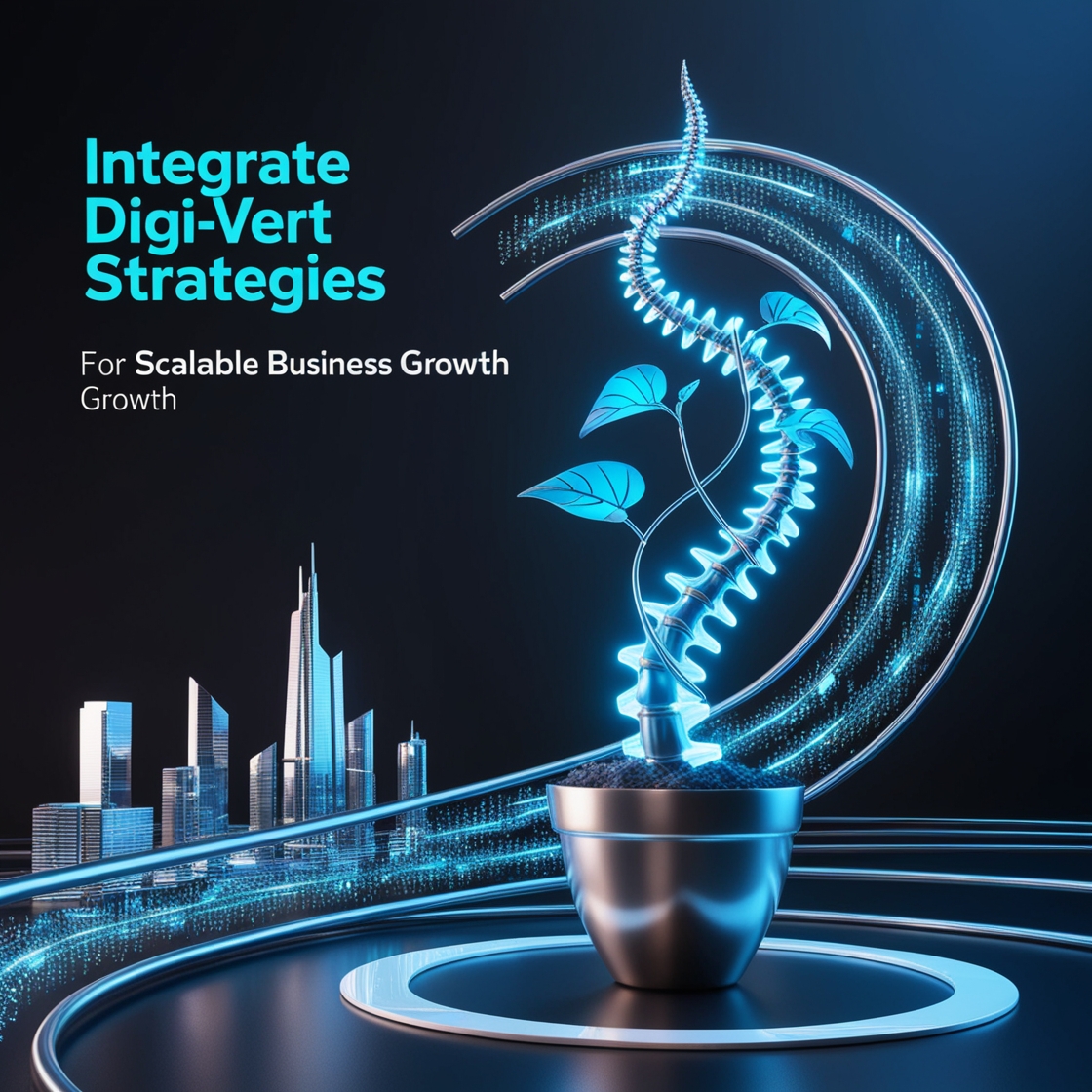Introduction
In today’s fast-paced digital world, integrating effective strategies is crucial for businesses aiming for scalable growth. One such approach is the DigiVert strategy, a framework that leverages digital technologies and innovative thinking to enhance business performance. In this article, we’ll explore how to integrate DigiVert strategies into your business operations for sustainable growth.
Understanding the DigiVert Framework
Overview of the DigiVert Model
DigiVert is a multifaceted approach that focuses on digital transformation, customer engagement, and operational efficiency. At its core, it emphasizes leveraging technology to meet consumer demands and streamline processes.
Key Components of DigiVert Strategies
- Digital Transformation: Embracing new technologies.
- Data Analytics: Making informed decisions based on data.
- Customer-Centric Approaches: Understanding and prioritizing customer needs.
Why Businesses Need to Adopt DigiVert Strategies
The Digital Landscape Today
With the rise of e-commerce and online services, businesses must adapt to remain competitive. The digital landscape is constantly evolving, making it imperative for companies to innovate.
Benefits of Using DigiVert for Scaling
Integrating DigiVert strategies allows businesses to:
- Enhance Customer Engagement: Reach customers where they are.
- Improve Operational Efficiency: Streamline processes for better productivity.
- Drive Revenue Growth: Utilize data to identify new revenue streams.
Steps to Integrate DigiVert Strategies
Step 1: Analyze Your Current Business Model
Before diving into DigiVert strategies, take a step back and assess your current business model. Identify your strengths, weaknesses, opportunities, and threats (SWOT analysis) to gain insights into where you stand.
Assessing Strengths and Weaknesses
Understanding your business’s core competencies will help you build on existing strengths and address areas needing improvement.
Step 2: Define Your Goals
Setting clear, actionable goals is essential for guiding your DigiVert integration.
Short-Term vs Long-Term Goals
While short-term goals help in immediate execution, long-term goals pave the way for sustainable growth. Balance both for a well-rounded approach.
Step 3: Develop a Comprehensive DigiVert Strategy
Create a robust strategy that encapsulates all aspects of your business.
Elements to Include in Your Plan
- Technology integration
- Data management
- Customer engagement tactics
- Marketing strategies
Step 4: Leverage Data Analytics
Data is your best friend when it comes to making informed decisions. Utilize analytics to understand customer behavior and market trends.
Importance of Data-Driven Decisions
Data allows businesses to tailor their strategies, improving customer satisfaction and driving sales.
Step 5: Implement Digital Marketing Techniques
Digital marketing is a crucial element of the DigiVert framework. Utilize channels such as social media, SEO, and content marketing to reach your audience effectively.
Content Marketing, SEO, and Social Media
- Content Marketing: Engages your audience with valuable information.
- SEO: Improves visibility and attracts organic traffic.
- Social Media: Builds relationships and fosters community.
Step 6: Monitor and Adjust Your Strategy
The digital landscape is ever-changing. Continuously monitor your strategy’s performance and make necessary adjustments.
The Importance of Flexibility
Being flexible allows you to adapt to changes in consumer behavior and market conditions.
Challenges in Integrating DigiVert Strategies
Common Obstacles Businesses Face
- Resistance to Change: Employees may be hesitant to adopt new technologies.
- Resource Constraints: Limited budget and manpower can hinder implementation.
- Data Overload: Analyzing vast amounts of data can be overwhelming.
How to Overcome These Challenges
- Training: Provide training sessions to ease employees into new systems.
- Resource Allocation: Prioritize budget and resources for critical areas.
- Simplify Data: Use user-friendly tools to analyze data efficiently.
Case Studies of Successful Integration
Example 1: Small Business Success Story
A small local bakery used DigiVert strategies to establish an online presence. By implementing a robust social media strategy and using data analytics, they increased sales by 30% within six months.
Example 2: Large Enterprise Transformation
A large retail chain integrated DigiVert strategies by enhancing their e-commerce platform. They utilized customer data to personalize shopping experiences, resulting in a significant boost in customer retention.
Future Trends in DigiVert Integration
Upcoming Technologies and Innovations
Emerging technologies such as AI and machine learning will further enhance DigiVert strategies, providing businesses with advanced tools for growth.
Predictions for Business Growth
As more companies adopt DigiVert strategies, we can expect an increase in personalized customer experiences and greater operational efficiencies across industries.
Conclusion
Integrating DigiVert strategies is essential for businesses looking to scale and thrive in the digital age. By following a structured approach, analyzing your business, setting clear goals, and leveraging technology, you can pave the way for sustainable growth. Embrace the digital transformation journey, and watch your business flourish.
FAQs
What are the essential components of a DigiVert strategy?
The essential components include digital transformation, data analytics, and a customer-centric approach.
How long does it take to see results from DigiVert integration?
Results can vary based on the business and industry but typically, you may start seeing improvements within a few months.
Can small businesses effectively implement DigiVert strategies?
Yes, small businesses can leverage DigiVert strategies by starting small and scaling their efforts as they grow.
What role does social media play in DigiVert strategies?
Social media is crucial for customer engagement, brand visibility, and driving traffic to your business.
How often should I review my DigiVert strategy?
Regular reviews, ideally quarterly, help ensure your strategy remains aligned with market trends and consumer behavior.
